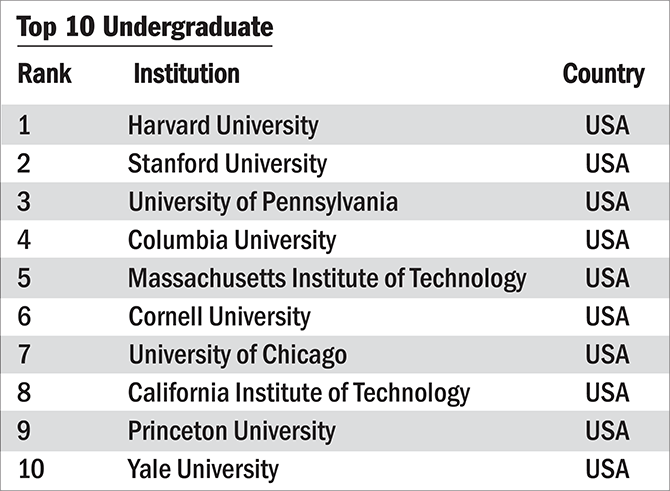

What are the Fortune MBA ranking’s limitations? The remaining 10% is based on the number of MBA alumni who are c-suite executives at Fortune 1000 companies, reflecting the type of high-flying career graduates can expect.įortune Education Editorial Director Lance Lambert says: “We looked for programs that not only see their graduates head into good jobs right out of the gate, but also have a track record of placing alumni into the highest echelons of Corporate America.”

However, unlike the Economist and the Financial Times, Fortune doesn’t account for salary increases over time.Ģ5% of the ranking is based on ‘brand’, which was calculated via a survey of business professionals who were asked about their opinions of the schools. Starting salaries and job placement rates post-graduation account for 65% of the ranking methodology-double the weight given to the same metrics by US News and Bloomberg Businessweek. The Fortune MBA ranking methodology differs from other rankings in its emphasis, perhaps overemphasis, on pay. How is Fortune’s MBA ranking put together? The new Fortune MBA ranking is based on salary outcomes for the MBA class of 2020, the brand reputation of business schools, and alumni career outcomes. There’s no big surprise in the top three of the exclusively US-based list: Stanford is in second place and Wharton is third. Fortune magazine has just released its first full-time MBA ranking, with Harvard Business School topping the list of the best MBA programs in the United States.


 0 kommentar(er)
0 kommentar(er)
